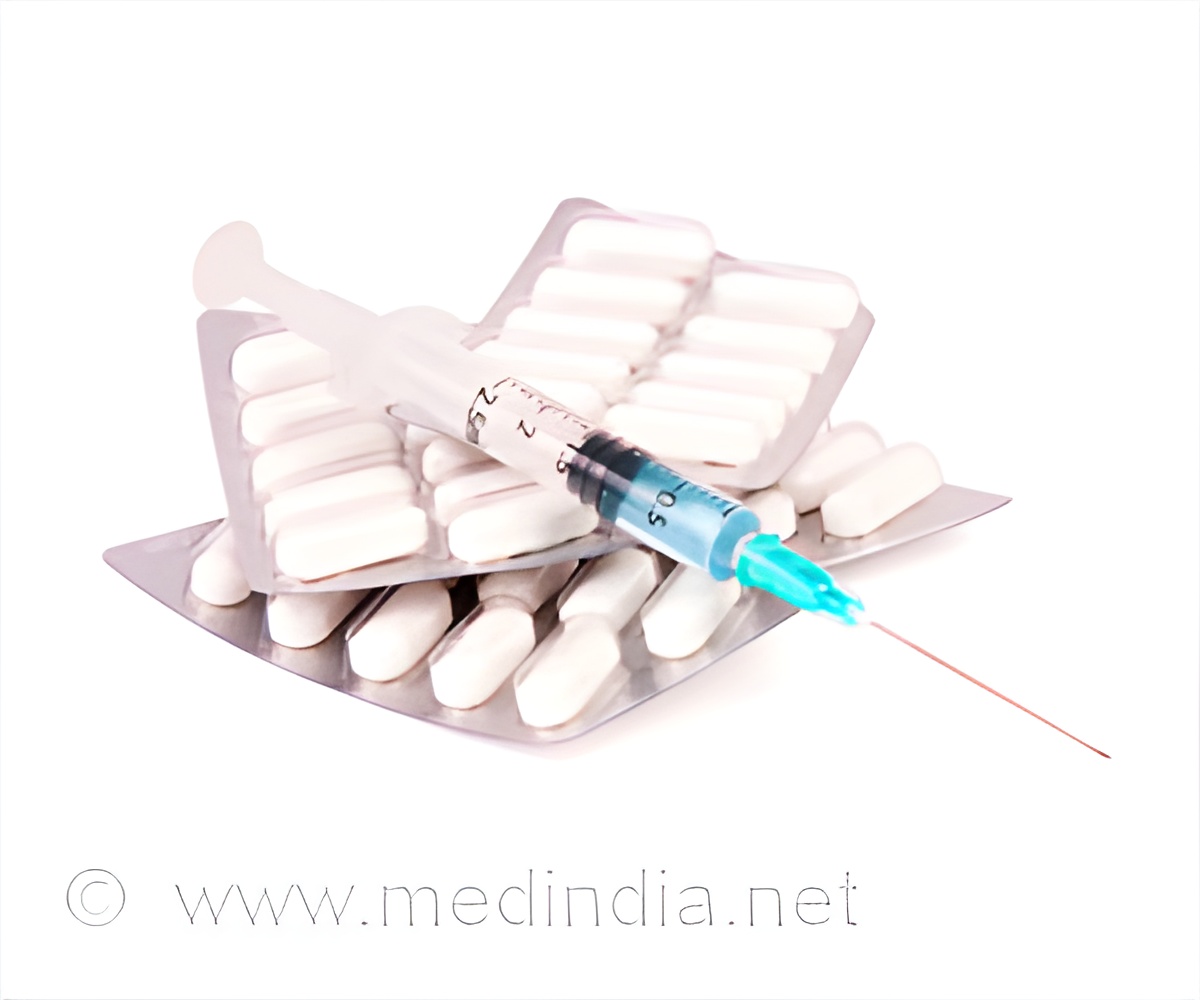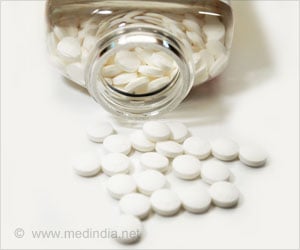Drug users born in the 1980s and 1990s are turning to injection drug more quickly than previous generations, a USC-led study suggests.

TOP INSIGHT
Prescription opioids are the current drug of choice and has been for nearly two decades. Heroin was popular in the 1970s, crack cocaine in the 1980s and marijuana in the 1990s.
The study, published in April in the journal Drug and Alcohol Dependence, is based on 776 drug users in Los Angeles and San Francisco. Participants born in the 1980s or 1990s, on average, took six years to escalate from first illicit drug use to first drug injection. The average for participants born in the 1970s was nine years.
"The more rapid transition to injection is an impact of the prescription opioid-to-heroin use phenomenon," Bluthenthal said. "Heroin is most efficiently used via injection as compared to other formerly popular drugs such as crack cocaine or even cocaine."
Injection-related diseases can include HIV, which affects more than 1.2 million Americans, and hepatitis C, which affected an estimated 3.9 million Americans in 2014, according to the Centers for Disease Control and Prevention. People who inject drugs also are at elevated risk for sexually transmitted infections, abscesses and soft-tissue infections, mental health disorders, drug overdose and dying young, the study stated.
Researchers found that the first drug injected changed in tandem with national drug use trends. In general, however, heroin and prescription opiate pills were the most common first drug injected. Drug users born in the 1980s and 1990s moved quicker from initial illicit drug use to syringe use than those born in the '70s.
Nationwide, the rate of overdose deaths involving opioids -- more than 165,000 deaths -- has nearly quadrupled since 1999, according to the U.S. Department of Health and Human Services. On an average day in America, some 3,900 people begin nonmedical use of prescription opioids, creating more than $55 billion in health and social costs each year.
Prescription opioids are the current drug of choice and has been for nearly two decades, Bluthenthal said. Heroin was popular in the 1970s, crack cocaine in the 1980s and marijuana in the 1990s.
For the past 20 years, people who inject drugs were considered an aging population. Long-acting opioid-based medications became available in the 1990s, Bluthenthal said. Once use of prescription opioid pain relievers and heroin skyrocketed, however, the downward trend changed, he noted.
In the study, researchers divided the 776 individuals into birth cohorts: those born before the 1960s, in the 1960s, 1970s and 1980s or later. All participants had injected in the last month.
About 33 percent were white, 30 percent were African-American and 25 percent were Latino.
The adult participants completed a survey that asked if they had ever used a list of drugs, including crack cocaine, methamphetamine, speed, heroin, tranquilizers, nonmedical use of prescription opioids and buprenorphine. They reported when they first used that drug, the first time they injected and what drug they injected.
More than half had injected heroin, powder cocaine and methamphetamine. More than 30 percent reported they had injected crack cocaine and opioid painkillers.
Longer time until first injection was associated with drug treatment prior to first injection. This fact suggests that drug interventions may help keep drug users away from the needle.
"We need to get ahead of a possible drug injection epidemic," Bluthenthal said. "What works for Latinos in East Los Angeles might not work for people in West Virginia. We need to come up with prevention activities responsive to specific cultures, generations and locales to combat the move to drug injection."
USC researchers from multiple disciplines, including the USC Schaeffer Center for Health Policy and Economics, are trying to solve the intractable problem of unnecessary drug prescriptions.
Previous USC-led research found that a "nudge" reduces doctors' unnecessary antibiotic prescriptions. Researchers ranked and shared a list of physicians most likely to give an unnecessary prescription and used pop-up boxes that required physicians to justify their pharmacy order. Interventions such as these potentially can prevent unnecessary opioid prescriptions and the negative effects that result from painkiller addiction.
Bluthenthal is collecting more data from younger people using opioids to better understand the drug behaviors associated with younger generations.
Source-Eurekalert
 MEDINDIA
MEDINDIA



 Email
Email









